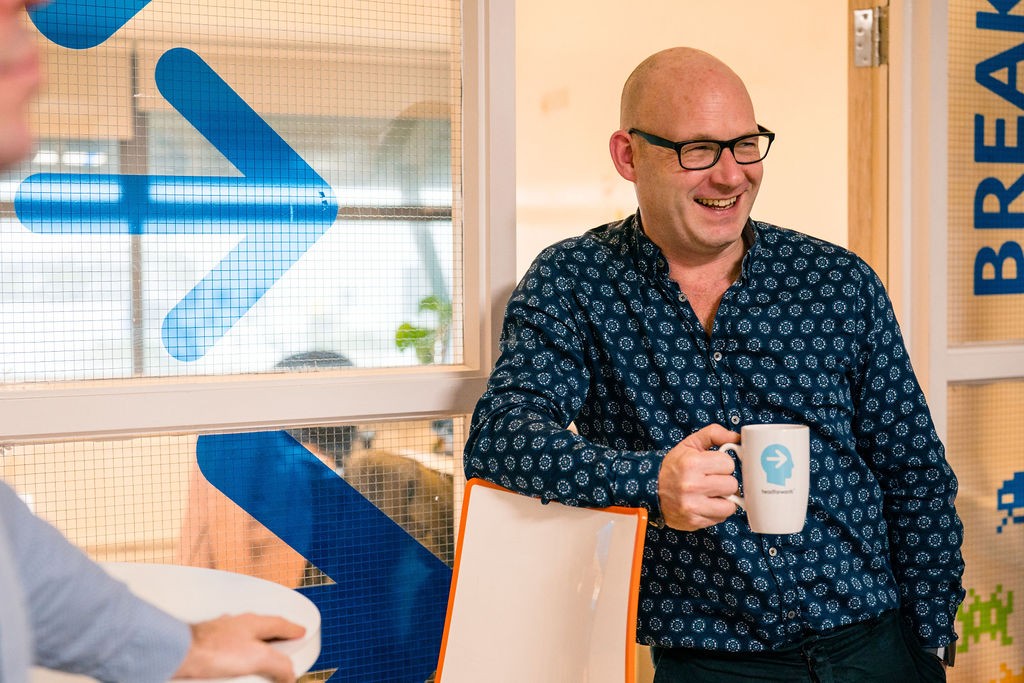The Agile Manifesto turns 20
Posted on 11th February 2021 by Jon Howell

Today TechBritannia would like to mark the twentieth anniversary of the Agile manifesto. It was February 11th-13th 2021 at The Lodge at the Snowbird ski resort in the Wasatch mountains of Utah which saw the coming together of seventeen experts, spanning such fields as Extreme Programming, DSDM, Scrum, and Adaptive Software Development, who were all intent on creating an alternative to the existing heavyweight software development processes that were prevalent at the time.
During that meeting, the “Manifesto for Agile Software Development” was created and signed by all the participants. Although the team was almost entirely comprised of Americans there were also three British contributors: Martin Fowler, Steve Mellor, and Dave Thomas. Agile has gone on to be accepted and used not only across IT but also for business processes in general. The UK Government even has an online manual that explains the principles, tools, and governance in order to describe how to use agile ways of working in government.
Agile has come a long way in twenty years. The “Agile Software Development, 2020” report by HFS Research says, “In 2020, close to half of all application management engagements will be delivered through an agile framework.” The core articles defined by the manifesto are:
- We value individuals and interactions over processes and tools.
- We value working software over comprehensive documentation.
- We value customer collaboration over contract negotiations.
- We value responding to change over following a plan.
Their highest priority was defined as “to satisfy the customer through early and continuous delivery of valuable software.” The design of Agile processes also allows for requirements to change, even late in development. Face-to-face communication between developers was also proposed as the best way to exchange information, and this would include times where the team would reflect on how to improve their own effectiveness.
However, the effects have reached much further than just IT. As Claire Eason-Bassett, Senior Lecturer & Programme Lead, Events Management at the University of Northampton, puts it, “The biggest impact of Agile has been in its application beyond software and using it in event management, education, and home life. The manifesto itself is a cornerstone for everything and creates a mindset that encourages effective, responsive delivery with minimum waste.”
She finds that from the plethora of tools, she tends to select methods that are the right fit for the task at hand e.g. Sprints and Scrum. Many of her challenges in higher education or events wouldn’t typically be thought of as problems that Agile would be applicable to. “It’s all about basing practice on the manifesto and adapting to the context and needs of the situation.”
TechBritannia would like to thank those British participants for their contributions to the Agile Manifesto, as well as the other members of the Agile seventeen who were: Kent Beck, Mike Beedle, Arie van Bennekum, Alistair Cockburn, Ward Cunningham, James Grenning, Jim Highsmith, Andrew Hunt, Ron Jeffries, Jon Kern, Brian Marick, Robert C. Martin, Ken Schwaber, and Jeff Sutherland.





Leave a Reply
You must be logged in to post a comment.